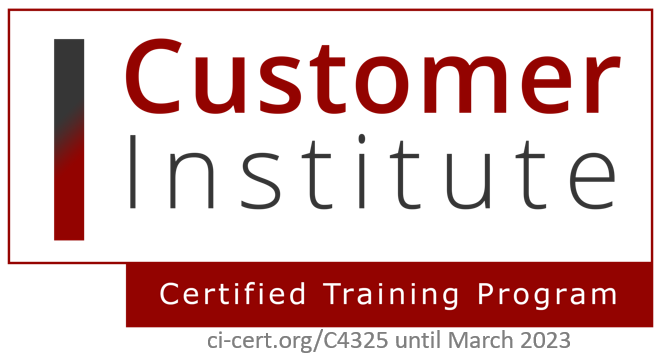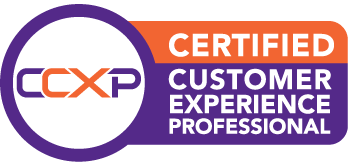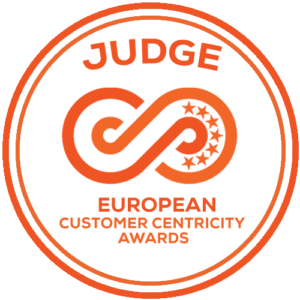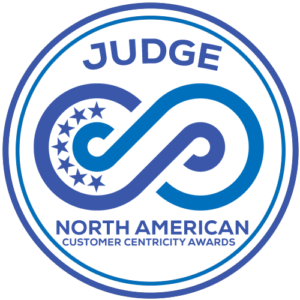More and more companies are adopting the Net Promoter Score as the corporate metric. Here are ten key things to know about what is NPS (Net Promoter Score or Net Promoter System)
What NPS stands for.
NPS usually stands for Net Promoter Score, but it can also relate to Net Promoter System. I will cover this in a future post.
How is Net Promoter Score calculated?
NPS is calculated asking the customer the “ultimate question”: “based on your experience with Y (usually a company product or an experience with support or a transactional channel, i.e. website), how likely are you to recommend company X to your friends or colleagues?”
Customers are given the possibility to select a score within the range 0 (Not at all likely) to 10 (Extremely likely). Responses are then bucketed into the following segments:
- 0-6 are considered Detractors
- 7-8 are considered Neutral
- 9-10 are considered Promoters
NPS = (# Promoters – # Detractors)/Total number of respondent
or
NPS = % Promoters – % Detractors
Is NPS a % or a number?
NPS is expressed as a percentage, which can be more digestible to executives and non-math types than interpreting a mean (e.g. 70% Net Promoters vs 7.9 out of 10). Since it can be confusing to have a negative percentage, some companies prefer to call it just a “score” and not percentage.
What does NPS tell me?
NPS measures the likelihood of your customers to recommend you to friends/colleagues but is also a good indicator of their likelihood to:
- Renew or cancel their subscriptions
- Upgrade their purchases
- Buy different products
How is NPS different from “Customer Satisfaction” metric?
Customer Satisfaction is a “perception metric.” NPS is an “Outcome metric.”
- Outcome metrics tell you what customers are going to do as a result of their experience. Other outcome metrics are likelihood to (re)purchase, upgrade/upsell rates, renewals rate, cancellation rate. They are different from:
- Descriptive metrics tell you what happened. Examples of descriptive metrics are calls & emails volume, average call time, resolution time, website visits, average transaction value.
- Perception metrics tell you what your customers think and feel. Examples of perception metrics are customer satisfaction, call resolution rate, user goal completion rate.
Why does NPS matter?
- NPS is one of the best proxies to measure, evaluate & improve the Customer Experience you are delivering to your customers!!! In the “age of customer”, Customer Experience is today competitive advantage. Measuring NPS and acting upon its insights empowers your company to gain and maintain competitive advantage, hence to grow!
- Nielsen, Forrester Research, McKinsey to name few, all agree that people trust and search for recommendations from friends and family.Word of mouth marketing is outside company control. NPS allows you to proactively monitor whether your customers are talking negatively or positively about you, and, a properly defined NPS follow-up program will allow you to correct and influence this when needed.
Why is NPS so engaging?
The simplicity of the metric and the recognition of everyone’s daily life makes it very easy for employees to relate to and for the organization to drive customer-centric changes (if you are going out for dinner tonight, will you pick the restaurant t from the yellow pages or will you ask friends or colleagues for advice?)
Is it enough to just ask the NPS question & measure it?
Unfortunately not, though this is what I see many companies often do.
To balance the simplicity of the metric and the shortness of the questionnaire, the best practice is to accompany the NPS question with:
- a question about the key drivers for promotion and detraction, giving customers pre-defined options to select from
- an open question with a free text field for the answer. This allows you to collect pure “voice of the customer”
And these three questions are also all you need to be able to drive improvements, as opposed to asking instead 10+ questions which is the opposite trend I see even more often than asking just a score question. Your target customers, the ones who do have the income to spend on your products or services, most likely have no time to answer a 15+ minutes survey. Ask them just the essential. Show them you value their time as mush as their input!
Is there more to NPS than these 3 questions, then?
YES! The key value delivered by an NPS program is in:
- The actions actually taken on the basis of the answers to these questions (or fire-fighting processes)
- The overall system & structure behind the program:
- The root causes analysis & structural improvements (or fire-prevention processes)
- Communication & mindset change
- Everyone’s involvement & celebration of success
We will cover NPS as a Management and Change System in a future post.
NB> Our friends at Satmetrix want us to remind you that Net Promoter, NPS, and Net Promoter Score are trademarks of Satmetrix Systems, Inc., Bain & Company, and Fred Reichheld.
Setting up an NPS program?
Speed up the adoption of NPS in your organisation by taking the NPS Onboarding Masterclass, a two-day full immersion training that combines high quality content, peer exchange and blended learning. This in-company training is designed by Rosaria Cirillo Certified Customer Experience Professional (CCXP) & Authorised Resource Trainer (ART) by CXPA, and will provide your organisation with in depth learning, exercises and case studies related to the seven critical elements pivotal to the success of this program. Interested?

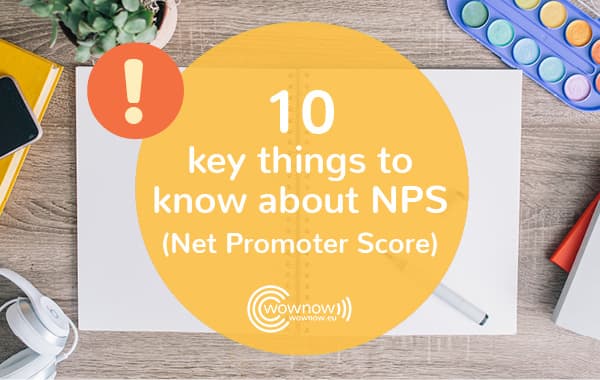
 A (little Italian) sunshine of energy, enthusiasm, and passion, with a mission to bring more happiness in the world one interaction at the time, the business world being my chosen playground!
I inspire and empower conscious leaders to nurture their happiness (moving from depleting to enriching emotions) and to move from depleting to enriching experiences, choosing, designing, and delivering WOW life-enriching interactions that contribute to everyone’s HAPPINESS, so they can achieve business and personal prosperity, making happiness their competitive advantage
A (little Italian) sunshine of energy, enthusiasm, and passion, with a mission to bring more happiness in the world one interaction at the time, the business world being my chosen playground!
I inspire and empower conscious leaders to nurture their happiness (moving from depleting to enriching emotions) and to move from depleting to enriching experiences, choosing, designing, and delivering WOW life-enriching interactions that contribute to everyone’s HAPPINESS, so they can achieve business and personal prosperity, making happiness their competitive advantage 